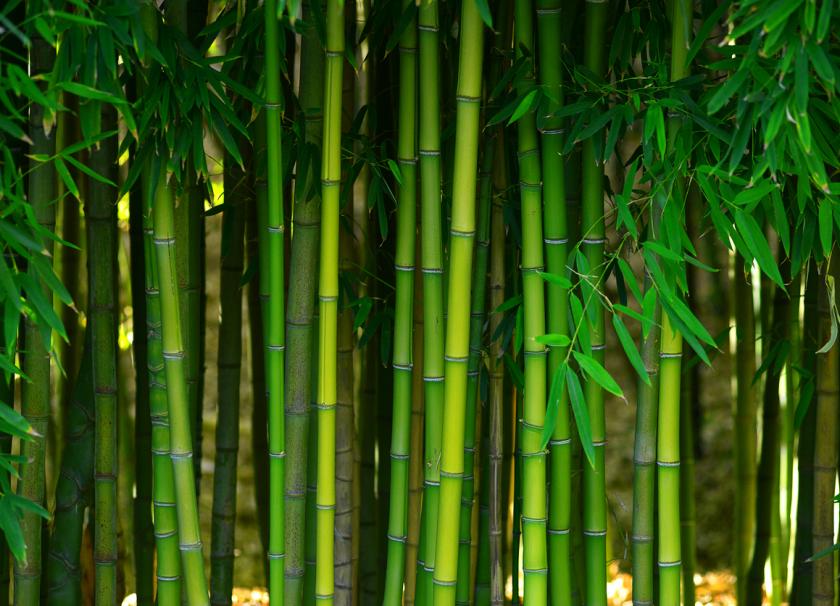
How to stay sustainable with paper products
Have you thought about how sustainable your paper home products are? While the use of single-use plastics has (rightfully) been criticized, some products are made to be single-use - like toilet paper, paper towels, and napkins. With these products, it’s best to examine sustainability by looking at what goes into their production.
While recycled paper is still a worthy alternative to ‘fresh’ paper - reducing or repurposing waste is always a good thing - it’s not guilt-free. Because recycled paper can contain receipts, tickets, food wrappers, and similar materials, BPA plastics show up in many of these products.
Of course, the Co-op works hard to get the most sustainable products on the shelves so you don’t have to spend hours researching. The two most sustainable ‘paper’ materials for hygiene products are bamboo and sugarcane.
Bamboo is grown around the world; kids can usually identify it because of its association with pandas. (Don’t worry - industrial bamboo is a different species that is not taking away a panda’s next meal!) What makes bamboo so sustainable? First, rate of growth: bamboo can grow between a foot and 3.5 feet a day! That’s partly because bamboo is actually a grass, not a tree. Compare that to an oak tree that grows 12” annually. On a large scale, an Agriculture Department study found that bamboo produced 14 tons of fiber an acre, compared to 8 tons for loblolly pine.
Additionally, bamboo is known for producing more oxygen than most trees, and sequestering more carbon - so it can be argued that bamboo products are doing more for the environment than traditional lumber/paper sources.
The Co-op carries Bim Bam Boo bamboo toilet paper, and NatureZway’s bamboo paper towels and toilet paper.
Sugarcane is quickly becoming a sustainable alternative to traditional lumber, as well. Like bamboo, it’s a grass, not a tree, so it grows rapidly and re-grows within 3-4 months after harvest.
While not as visually recognizable as bamboo, most of us are familiar with sugarcane’s typical usage: to create sugar. But after that sugarcane juice is squeezed out, very high quality fiber is left behind - usually destined for the landfill or burning. But instead, this fiber is being repurposed for processing into paper products. How’s that for Zero Waste?
Most of the sugarcane paper products carried by the Co-op are mixes with bamboo, like Ecos toilet paper and paper towels. You can also find Ultra Green napkins, made entirely of sugarcane fiber.
More Co-op News

Saving Paper One Coupon at a Time
To further our sustainability efforts and to serve you better, we began offering Electronic Owner Coupons this month at the register.
No more forgetting to bring your owner coupons. No more waiting for your newsletter to arrive. Cashiers will simply ask if you want to use your owner coupons when you check out.
A few key points to remember:

Thank YOU For a Wonderful Year!
2016 had many notable moments. We hosted many successful family friendly events, added 150 more solar panels to our roof, and earned 25% of our sales for local products. We proudly donated over $24,000 to area nonprofits through our Community Grants program. We welcomed 482 new owners and averaged 3,500 daily transactions.
Whew! And that is just a small sample.

Give Local
The food holiday season has finally arrived. This time of year is by far our most favorite. We’ve been dreaming of gingerbread cookies, pumpkin pie, mashed potatoes, turkey (or tofurky if that’s your fancy) and eggnog for months.
But beyond the holiday feasts, we love this time of year for another reason. It’s the season of giving. Amidst the shopping frenzies, family gatherings, and parties, giving back often becomes an afterthought.

Happy Thanks-chicken!
We know, we know, November is all about turkey. But let us not forget the other, other white meat this holiday season. Chicken. This poultry meat often gets the spotlight, but during the month of November it is well deserved. Why? Because all month long, every time you purchase a Smart Chicken® product at the Co-op you help feed a hungry family in the Rogue Valley.
Here’s how it works:
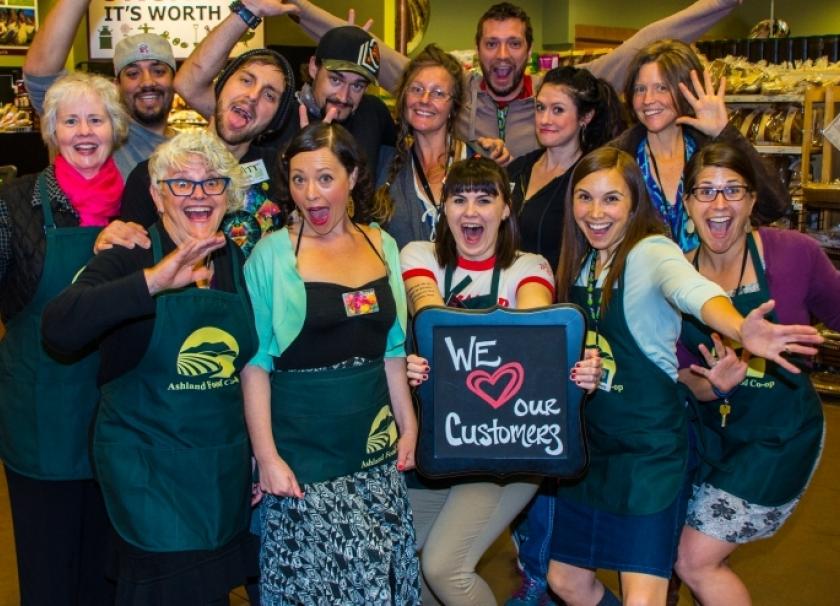
Co-ops Grow Communities
Co-ops around the world share a set of guiding principles including “cooperation among cooperatives,” and “concern for community.” We take these principles to heart.
When you shop at the Co-op, you aren’t just buying groceries. You are supporting a business that cares about people and contributes to a livable, sustainable Rogue Valley.
Did you know?
-
In 2015, we donated over $24,000 to area nonprofits.

Feed an (Italian) army with Co+op Basics
My Italian Grandmother’s heart swells every time she sees my well-stocked pantry. I am prepared to feed an army at a moment’s notice, and sometimes that actually happens with my big family. But what my Grandma doesn’t know is how much I save by stocking my pantry with Co+op Basics products.
We Love Local
We take pride in supporting local farmers, producers, vendors and vintners. When we say local, we mean local. At some grocery stores, the word local gets thrown around like the word “natural,” ambiguously and with a broad definition.
But local means something to us. A definition we take meticulous pride in.
Local adjective
Any food or product grown, produced or made within 200 miles.
Let’s use it in a sentence. The Ashland Food Co-op supports an average of 250 local companies.
Wanted: Wormy Apples, Fallen Plums & Over Ripe Pears
Urban fruit is copious this time of year in the Rogue Valley. It’s hard, dare we say impossible, to make enough pies, cobblers, and salads to keep up with the backyard abundance.
So what do you do with all that unpicked fruit?
Instead of letting your pears, plums and apples go to waste, or to feed the deer, bring them to the Co-op for collection.
Apple Outlaw Cider, in collaboration with the local community, is setting out to create a one of a kind hard cider, dubbed “Apple Outlaw Community Cider”.
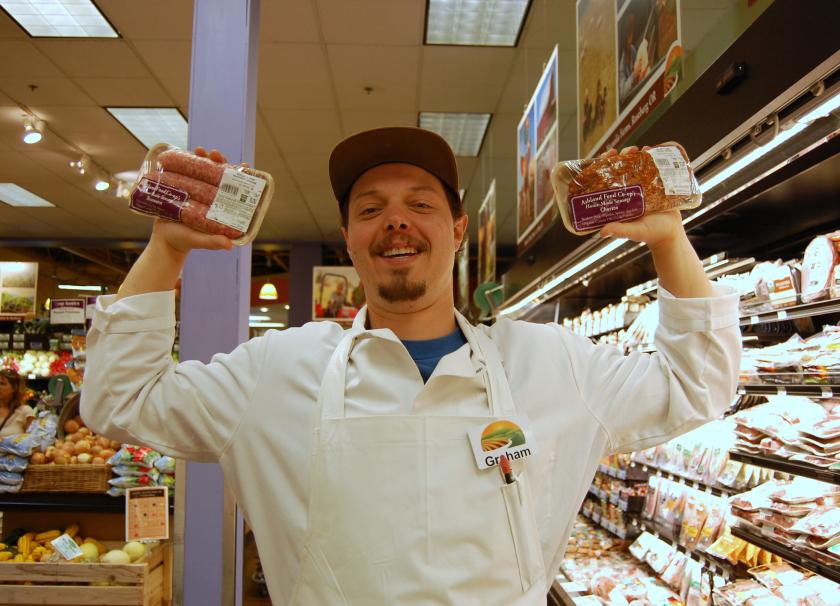
Fire Up The Grill
Break out of your dinner rut with something fast and juicy. The Meat Department staff share their go-to favorites to throw on the grill. Flame on, baby!
Brian Swift
Flat Iron is my favorite steak. So simple to cook. Just add salt, pepper, garlic, and cook it on a super hot grill. 5 minutes later you have an amazing steak.
Sam Roberts
TriTip marinated in our Kinders barbeque sauce, seared on both sides with a little pink in the middle, is what I really enjoy the most.
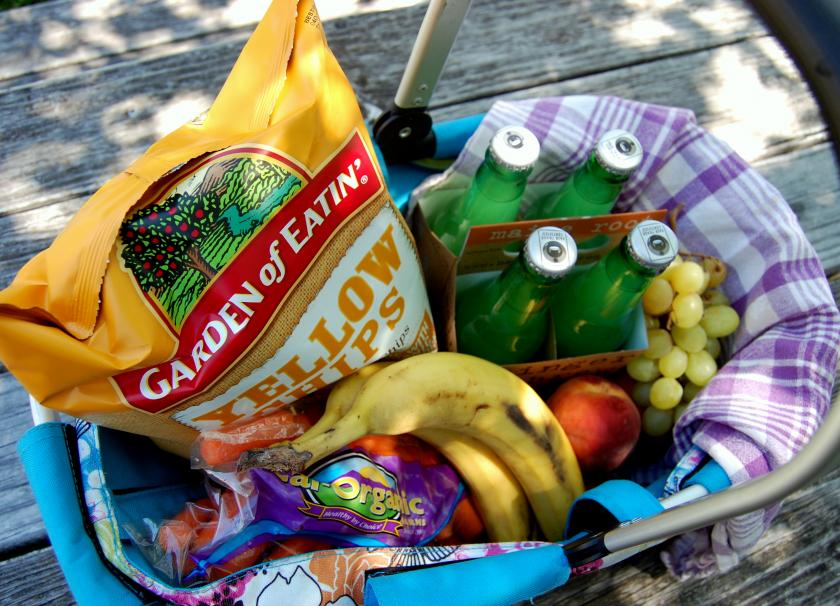
Summer Picnic Guide
Everyone loves a picnic. But some are better at organizing one than others. Make planning the perfect picnic a breeze with our easy picnic guide.

A Party for YOU
Each year we hold an Annual Meeting and Owner Picnic. This is our chance to catch up over a delightful picnic and most importantly update you on the recent year’s events and financials.
This year, we are changing things up a bit. The Annual Meeting and Owner Picnic will be more family friendly than ever before. We have a new menu designed to appeal to busy little (and big!) hands so you and your kiddos have time to enjoy one of our many family friendly activities.
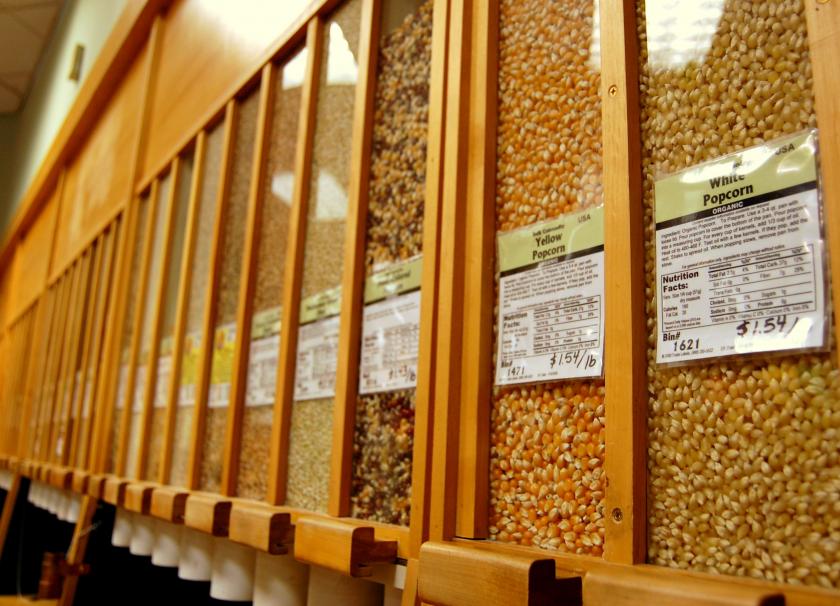
6 Reasons to Buy in Bulk
Bulk bins have been a staple at the Ashland Food Co-op since we opened our doors in 1972. For good reason too, buying in bulk is better. Better for your pocket book, better for the environment, and better for your belly. Here’s why.
6 Reasons to Buy in Bulk
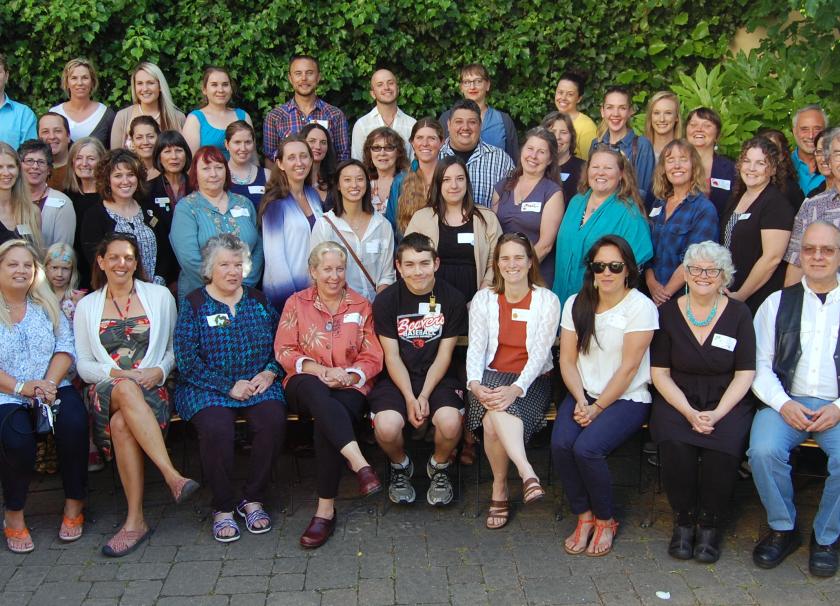
Co-op + Community = A Perfect Match
At the Co-op, we are all about community. After all, YOU are why we are here and providing healthy, organic food to the Rogue Valley.
As a cooperative enterprise, there are seven principles we follow. We use them as guidlines to put our values into practice. Principle 7, Concern for Community, affords us the opportunity to give back to local nonprofits that do so much good in this beautiful place we call home.
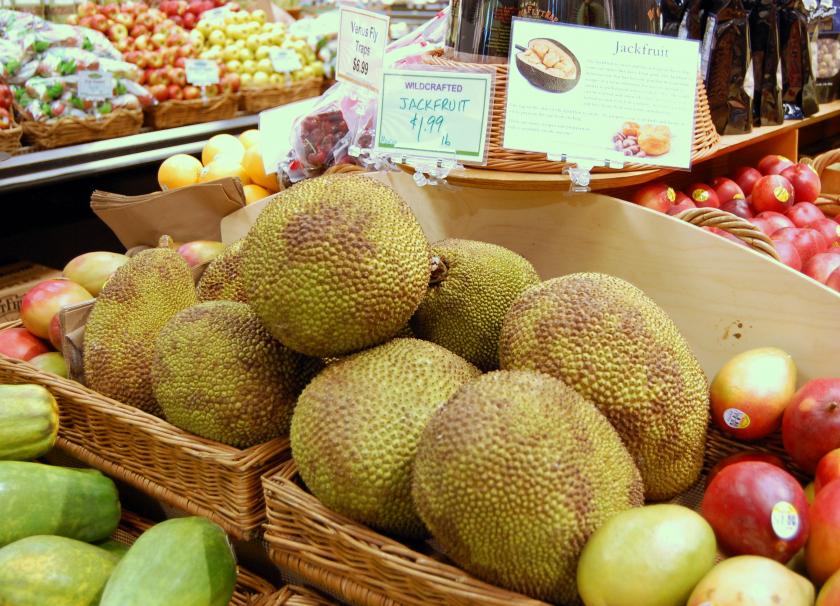
Jackfruit 101
You might have noticed a rather large, prickly fruit hanging out next to the apples, oranges, and papayas in the Produce Department. Meet the Jackfruit, the newest addition to the Produce Department. In case you don't know "jack" about Jackfruit, here is a crash course.
- The Jackfruit is native to South and Southeast Asia and is a close cousin of the fig.
-
The Co-op sources the fruit from Patagonia Orchards. Their fruit is grown in the tropical rainforest of Nayarit, Mexico.
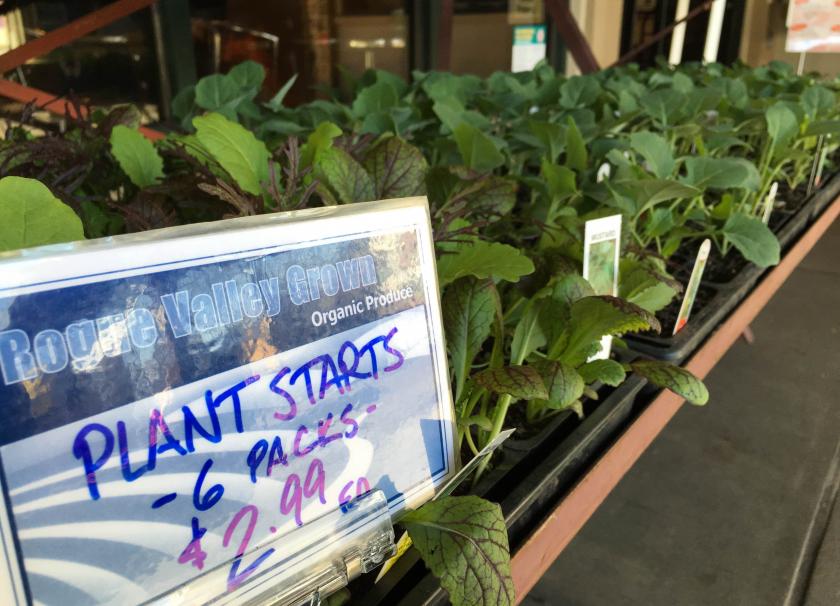
Get Your Garden On
This is one of our favorite times of the year. The sun is out and the days are longer, time to play in the dirt. Our Produce Staff share their favorite seeds and starts to help you get your garden going.
